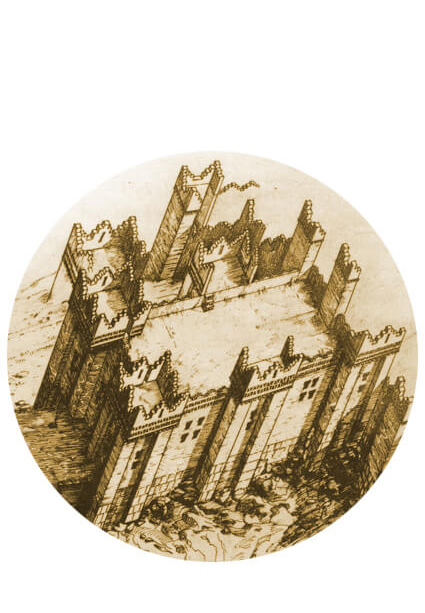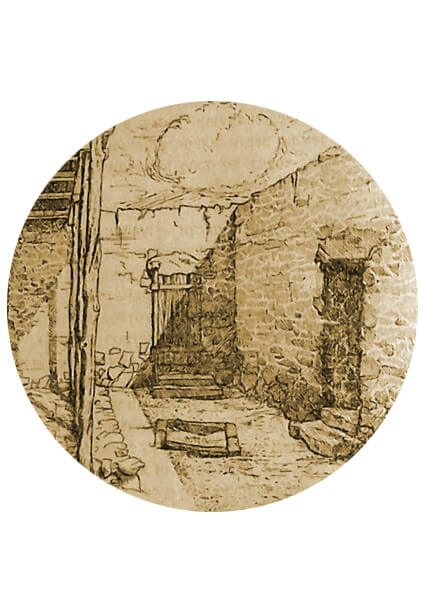With the Urartu Period, especially in the Van Lake Basin, the practices of the king's settlement policy emerge. For the first time in the region, large-scale settlement types begin to form. These cities, which consist of citadel and lower settlements, sometimes spread to large areas up to 80 hectares. In addition to these cities of Urartu, there are state centers, castles belonging to local principalities, seasonal or periodic defense and settlement systems and village settlements. The number of cities where archaeological excavation is performed and is named as the royal investment is 13. Van Castle (Tuşpa), Toprakkale (Rusahinili), Ayanis (Rusahinili Eiduru-kai), Lower and Upper Anzaf, Cavuştepe (Rusahinili), Kef Castle (urualdiei-URU) and Körzüt is located in the Van Lake Basin. Patnos-Aznavurtepe (Aluduri), Karmir-Blur (Teişebai-URU), Arinberd (Erebuni) in the south of Yerevan in the Aras Basin and Armavir Blur (Argistihinili) in the west are the one of the other royal centers in the north. Bastam (Rusai-URU.TUR) in Northwestern Iran may be took part in this group. In the areas where agricultural income and stockbreeding activities are more intense, and at locations close to these areas and at other strategic points, a royal settlement was built. It is understood that Urartu used regional dynamics and local forces instead of going to the royal settlement in the places where there are the areas that was difficult to reach in the periphery. The royal cities that reshaped the topography of the hill where they were built have a wide area of settlement. The royal and public buildings in the citadel section were built in a standardized approach and plan. The previously planned infrastructure and wastewater systems are well developed. Again important royal rock inscriptions and building inscriptions are unique to these cities. It is understood that the first settlers of the citadels in these cities were Urartu. This situation is emphasized in the inscriptions revealed in the settlement. For ecample Rusa, the son of Argişti used the following statements in the inscriptions for cities he was built: “Rusa says: the rock was untouched and the ground was barren. Nothing was done there”. Another settlement type in the Urartu period is the state centers. The settlements such as Erzincan-Altıntepe and Varto-Kayalıdere are considered as important centers of the Urartu state system. These are the centers that mostly control the economic and political privileges of Urartu in the dominance area. They are smaller according to the royal cities. The lower settlement areas are smaller or absent. In spite of there are royal elements, such as temple and warehouse structures observed in the Urartian royal citadels in some examples, it is understood that they do not have the same totality and stock of structure with royal cities. Another type of settlement is regional management units where the relatively stronger tribal heads or lords resideed. The defense systems designed in parallel with the topography of the hill are more traditional in terms of the use of the land and are seen as the continuation of early applications. They are local centers that provide political and military control at points where the central state structure is far away or not feel necessary. In these centers, there are also multi-chambered rock tombs where mostly regional administrators are buried. The centers such as Tatvan, Tutak-Atabindi, Palu, Pasinler, Dogubayazit may be example of this type of settlement. During Urartu period, another type of settlement with fortification is small-scale castles and temporary shelters, which are usually built for the protection of the animal husbandry system or migration routes on the plateaus. Centers found out with excavations such as Karagündüz, Dilkaya in Van Lake Basin may be examples of village type settlements where it is not difficult to predict they were in a large number during Urartu period.
URARTU SİTADEL YAPISI

SİVİL YERLEŞME





